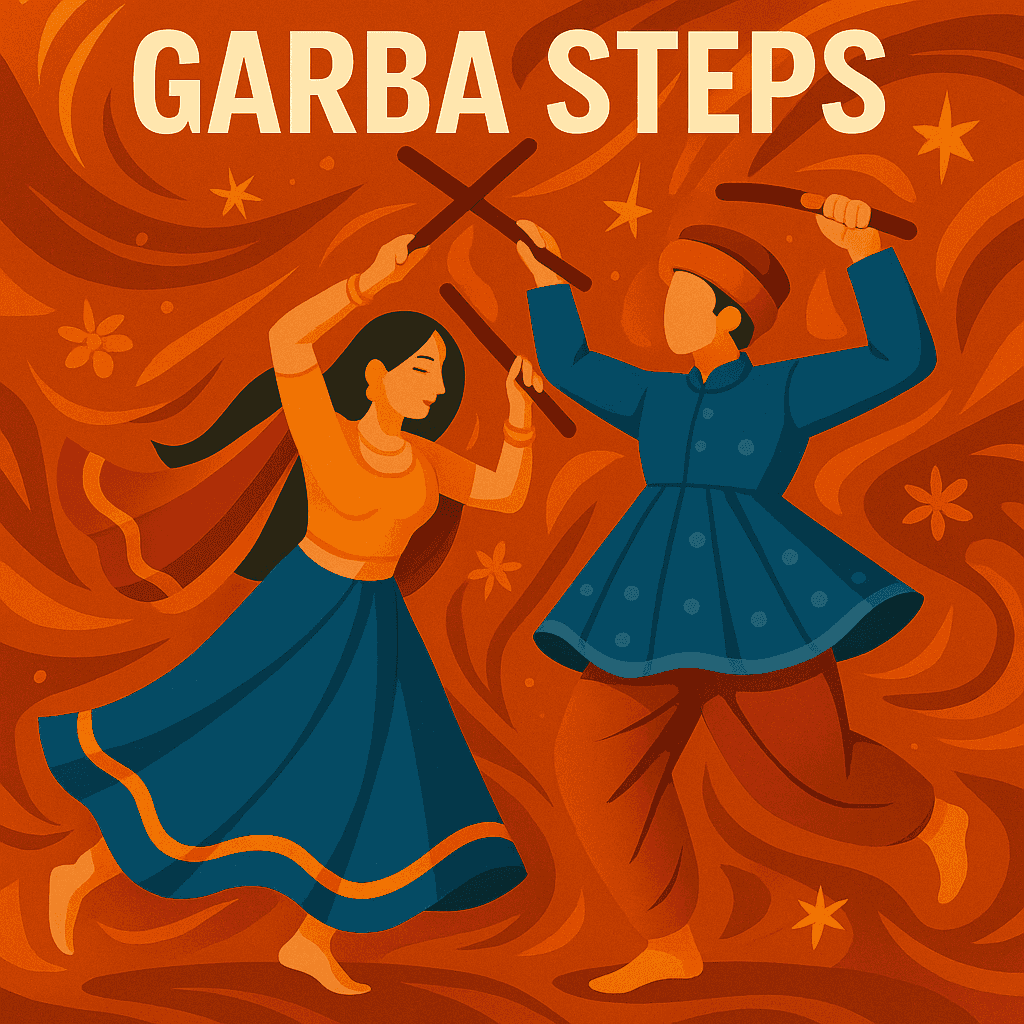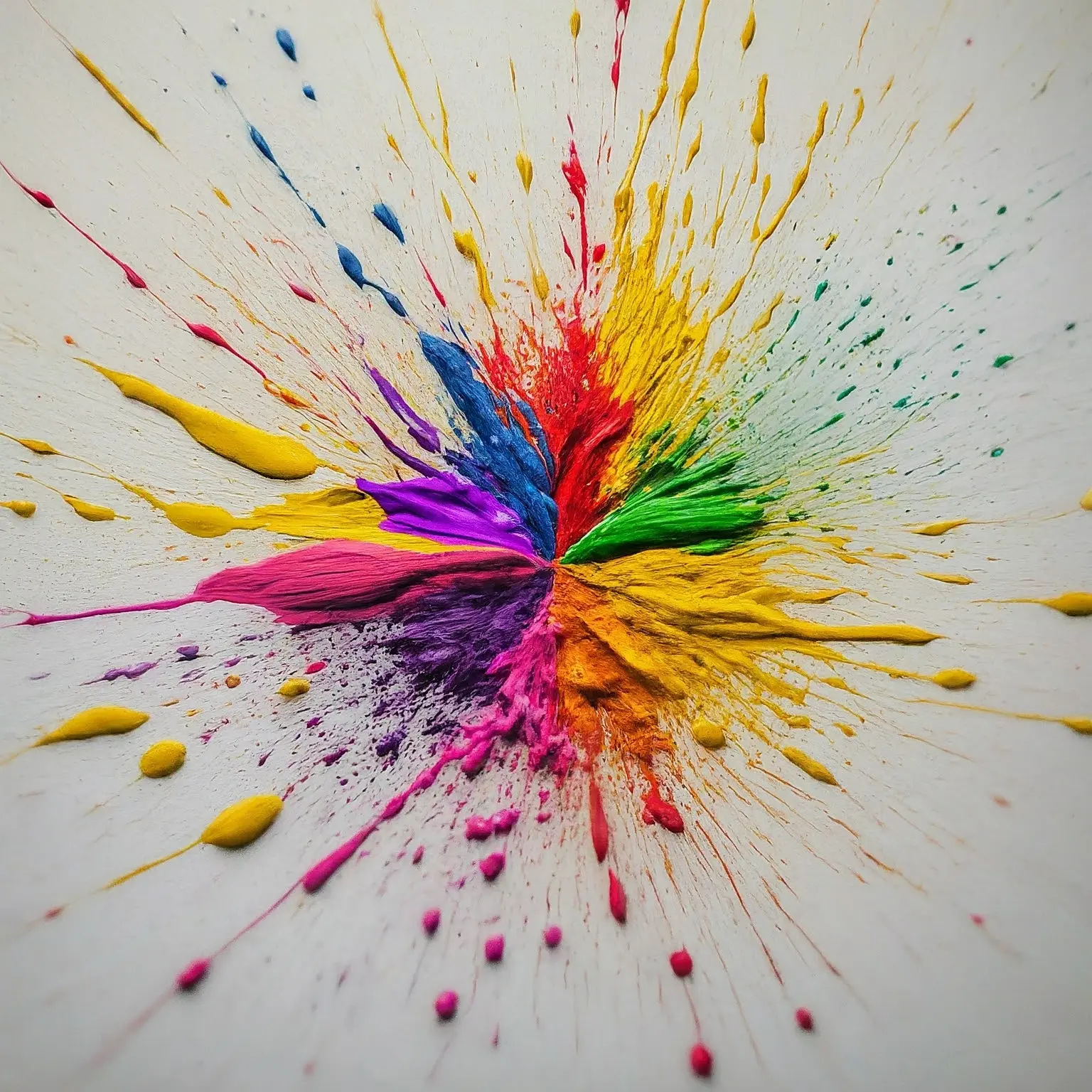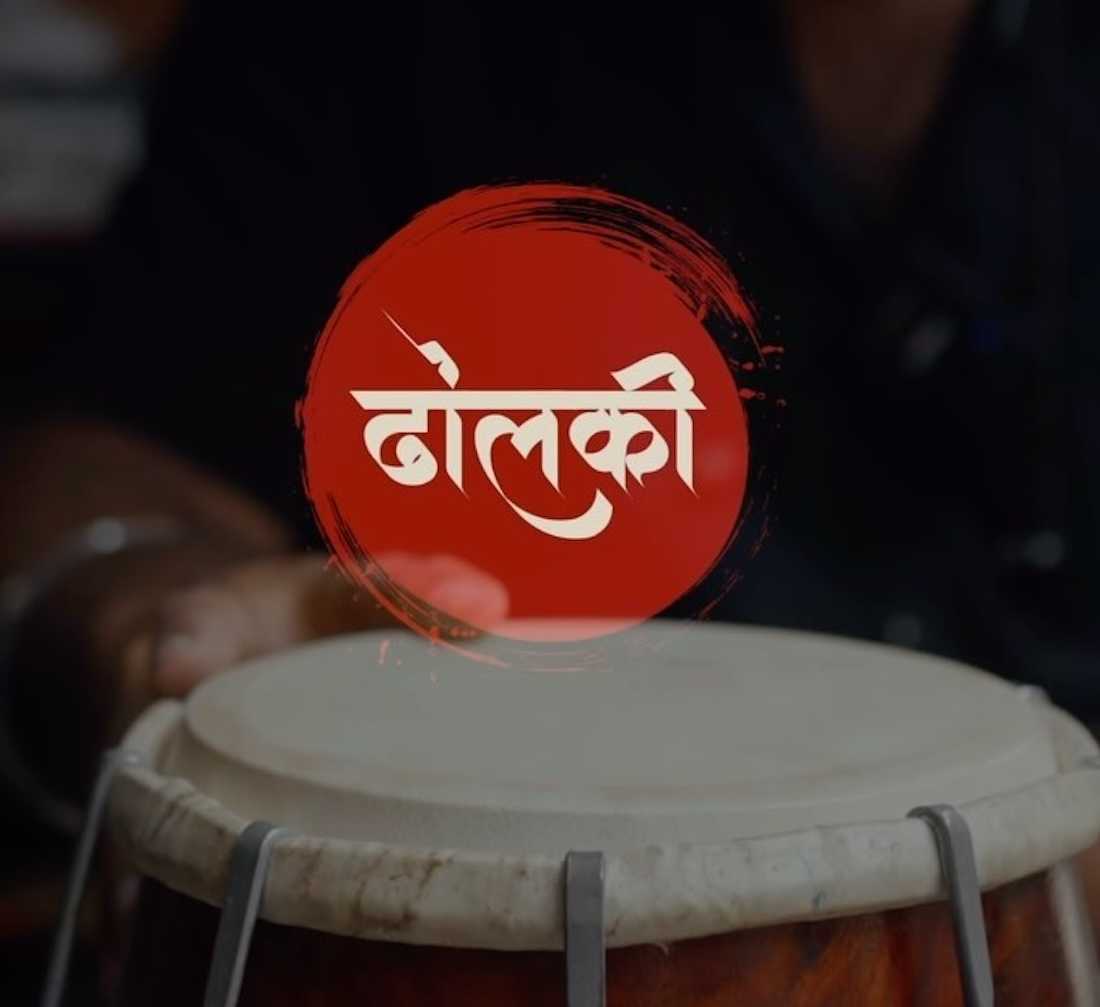Navratri Garba Steps

Navratri is synonymous with the vibrant and energetic dance form of Garba, a traditional folk dance from Gujarat. Performed in a circular formation around a central lamp or deity, Garba is a celebration of devotion, rhythm, and community. The dance steps are simple yet captivating, making it accessible to everyone, regardless of their skill level. In this guide, we’ll explore the most popular Garba steps and how you can master them to shine on the dance floor this Navratri.
The Basics of Garba
Before diving into specific steps, it’s essential to understand the basics of Garba:
- Circular Formation: Garba is performed in a circle, symbolizing the cyclical nature of life and the universe.
- Clapping and Twirling: Most steps involve rhythmic clapping and graceful twirling, synchronized with the beats of traditional Garba music.
- Attire: Participants typically wear traditional Gujarati outfits, such as chaniya cholis for women and kediyus for men, adorned with mirrors and embroidery.
Popular Garba Steps
Here are some of the most popular Garba steps that you can practice and perform:
1. Cept Style
- How to Perform:
Inspired by the students of CEPT University, this step combines modern flair with traditional Garba. It involves quick footwork, and a unique spin at the end of each sequence. Start by stepping forward with your right then left foot, step back while rotating with your right and left foot, and spin on your left side to complete the move. - Tips: Focus on maintaining balance during the spin and ensure your movements are in sync with the music. This step is high-energy and works best with fast-paced Garba songs.
2. Two-Tali (Two Claps)
- How to Perform:
Start by stepping to the right and clapping twice. Then step to the left and clap twice again. Repeat this pattern while moving in a circular direction. - Tips: Keep your movements light and graceful, and ensure your claps are in sync with the music.
3. Three-Tali (Three Claps)
- How to Perform:
Similar to Two-Tali, but with three claps instead of two. Step to the right, clap three times, and then step to the left and clap three times. - Tips: This step requires slightly faster coordination, so practice to maintain rhythm.
4. Dodhiya
- How to Perform:
This is a six-step pattern where you step forward, backward, and sideways in a rhythmic sequence. It’s one of the most energetic and popular Garba steps. - Tips: Focus on your footwork and maintain a steady pace to avoid losing balance.
5. Hinch
- How to Perform:
A simple step where you sway your body side to side while clapping in rhythm. This step is perfect for beginners. - Tips: Add a slight bounce to your movements to make them more dynamic.
6. Popatiyu
- How to Perform:
This step involves a combination of clapping and twirling. Step forward, clap, and then twirl as you step back. - Tips: Practice your twirls to ensure smooth transitions between steps.
7. Tran Taali (Three-Step Clap)
- How to Perform:
A variation of the Three-Tali step, this involves a three-step movement followed by a clap. Step forward, clap, step sideways, clap, and step backward, clap. - Tips: This step is slightly more complex, so practice it slowly before increasing your speed.
8. Phool Garba
- How to Perform:
A graceful step where you move in a flower-like pattern, symbolizing the blooming of devotion. This step involves intricate footwork and hand movements. - Tips: Focus on your hand gestures to add elegance to your performance.
9. Fusion Twirl
- How to Perform:
A modern twist on traditional Garba, this step involves a combination of quick twirls and freestyle hand movements. Step forward, twirl twice, and add a freestyle hand gesture to make it unique. - Tips: Experiment with your hand movements to add a personal touch to this innovative step.
10. Zigzag Garba
- How to Perform:
This step involves moving in a zigzag pattern while clapping rhythmically. Step diagonally forward, clap, step diagonally backward, clap, and repeat. - Tips: Maintain a steady rhythm and ensure your movements are sharp to highlight the zigzag pattern.
Tips for Perfecting Your Garba Steps
- Practice Regularly: Dedicate time to practice each step to build muscle memory and confidence.
- Listen to the Music: Familiarize yourself with traditional Garba songs to understand the rhythm and beats.
- Dance in Groups: Garba is a community dance, so practicing with others will help you synchronize your movements.
- Stay Comfortable: Wear comfortable footwear and attire to ensure ease of movement.
The Joy of Garba
Garba is more than just a dance; it’s a celebration of culture, tradition, and togetherness. Whether you’re a seasoned dancer or a beginner, the joy of performing Garba lies in its simplicity and the sense of community it fosters. So, this Navratri, step onto the dance floor, embrace the rhythm, and let the beats of Garba fill your heart with happiness.
Conclusion
Mastering Garba steps is not just about learning the moves; it’s about immersing yourself in the spirit of Navratri. With practice and enthusiasm, you can become a part of this vibrant tradition and create unforgettable memories. So, gather your friends and family, and get ready to dance your heart out this Navratri!

